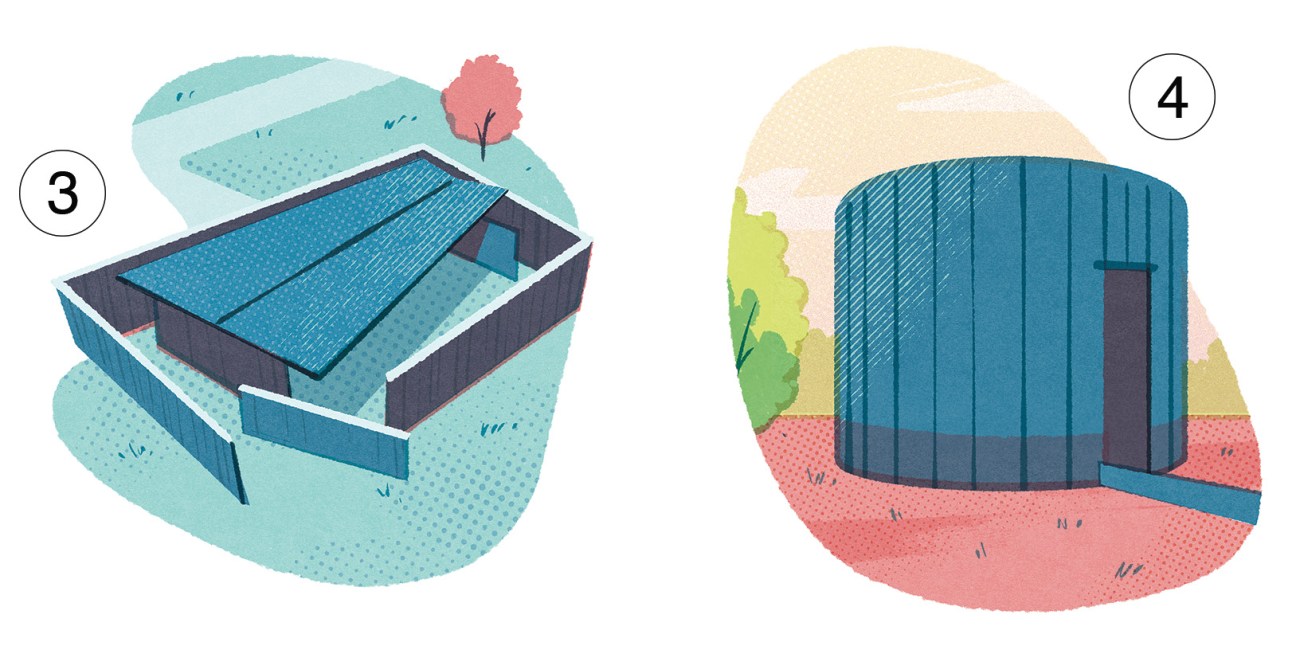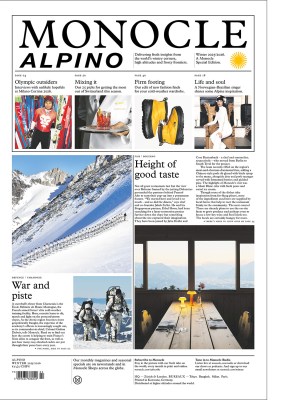The temporary genius of Hyde Park’s summer pavilions
The pavilions erected in the London park have become iconic – if fleeting – calling cards for some of the world’s greatest designers.
The arrival in June of the Serpentine Pavilion in London’s Hyde Park is a harbinger of the long summer days to come. The temporary structure then becomes a must-visit attraction until it is dismantled in October. What began in 2000 as a project led by the late Zaha Hadid has now been going strong for 25 years, presenting the first UK structure by some of the most interesting names in international architecture.
“We think that it’s important to make the discourse of architecture in the UK more international, to open it up,” says Swiss-born curator Hans Ulrich Obrist, artistic director at the Serpentine Galleries. Crucially, the project champions up-and-coming talent. “We want to give more visibility to younger architects from all continents and it’s interesting to see that it really has an impact on their careers,” he says, adding that because the pavilions never have a door, they are inherently welcoming and inclusive spaces. “People come while walking their dogs or jogging and have a coffee. The pavilion is for everyone so it’s truly a public space.”
This year’s pavilion is the 24th (one year was missed due to the coronavirus pandemic) and will be designed by Bangladeshi architect and educator Marina Tabassum. Titled “A Capsule in Time”, the pavilion is composed of four wooden forms that have a translucent façade. Central to Tabassum’s design is a kinetic element in which one of the forms is able to move, thus changing how the pavilion will be experienced according to the configuration of the space.
“We have been following Marina Tabassum’s work for a long time,” says Obrist. “Often, using sustainable resources, she produces spaces that are almost spiritual.”



1.
Zaha Hadid, 2000
Hadid designed the inaugural pavilion in 2000, which the gallery commissioned as a one-off project to host a gala to mark its 30th anniversary. It consisted of large white triangular panels supported by a steel frame. Its swooping form proved so popular that the Serpentine managed to keep it open for two months instead of just a day.
2.
Diébédo Francis Kéré, 2017
Inspired by the tree that serves as a central meeting point in his home town of Gando in Burkina Faso, Kéré designed a structure with an expansive roof that mimics a tree’s canopy to offer shelter against the rain and summer heat.
3.
Frida Escobedo, 2018
Escobedo’s pavilion fused elements of Mexican architecture with London references and featured a courtyard enclosed by two rectangular volumes constructed from cement roof tiles. Inside, a shallow water pool and the curving, mirrored roof emphasised the day’s changing light and shadow.
4.
Theaster Gates, 2022
“Black Chapel”, designed by Chicago-based artist Theaster Gates, was inspired by the architectural typologies of everything from the pottery kilns of Stoke-on-Trent to traditional African structures. Conceived as a timber cylinder clad in dark roofing, it was a space for reflection and spiritual communion.
5.
Lina Ghotmeh, 2023
French-Lebanese architect Lina Ghotmeh (who recently won the competition to revamp the British Museum) called her pavilion “À table” as an ode to the French tradition of sitting down together over a meal to engage in dialogue. The angular, latticework structure responded to the topography of the park and invited visitors to gather at its communal tables.


